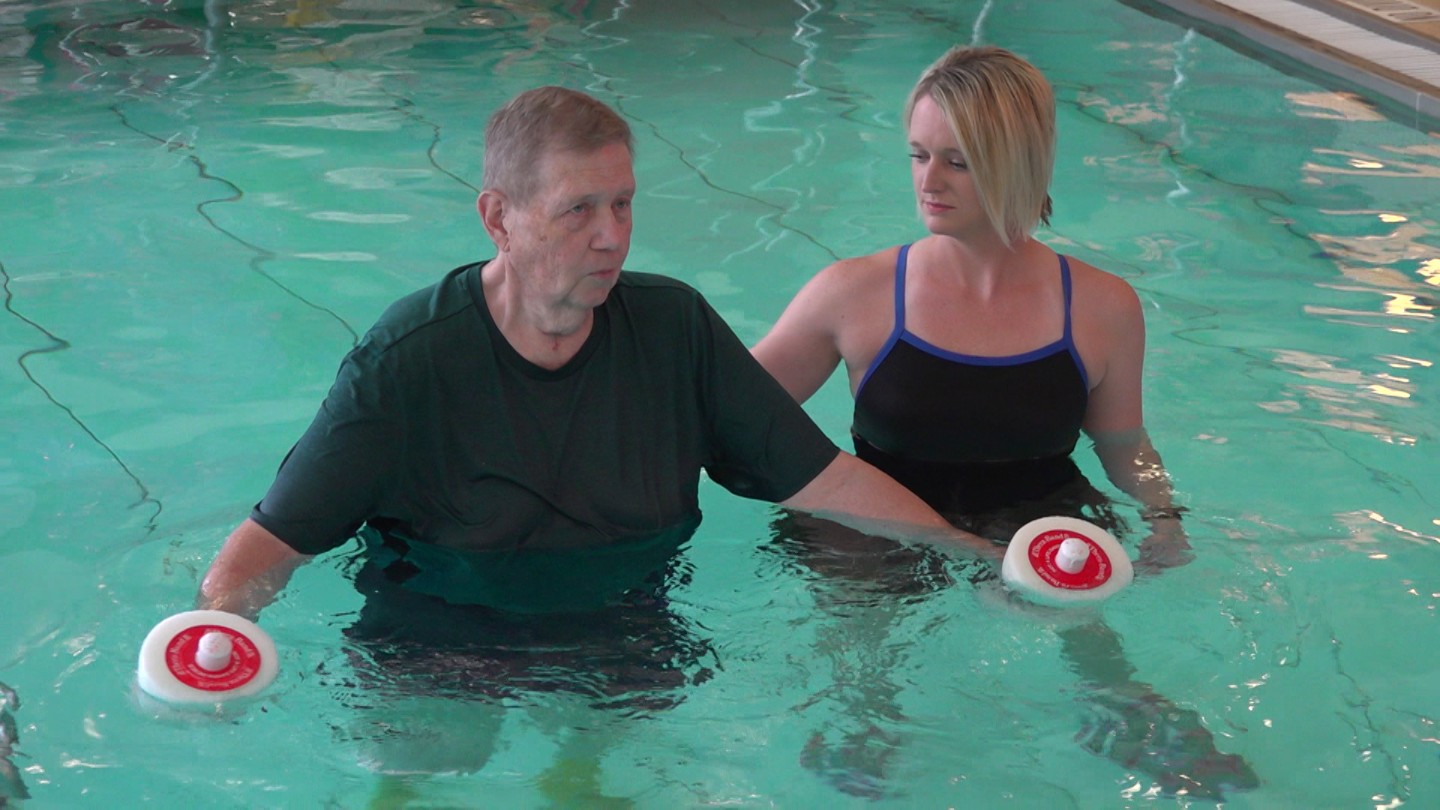Beyond the Six-Pack: Understanding Your Core
SEP 30, 2025The core acts as a natural "brace" for your spine. A strong core helps maintain the spine's natural curves, promoting an upright, aligned and efficient posture.
Read More
If you think the pool is just for kids in the summer, think again. Aquatic physical therapy is for all ages, all year round, and works for a wide variety of physical problems – from knee pain to spinal cord injuries.
This type of physical therapy takes place in an aquatic setting, such as a pool, under the supervision of a trained health care professional. Water’s unique properties make the aquatic approach ideal, particularly if you have struggled with traditional physical activities.
Aquatic physical therapy is especially helpful if you’ve had an injury or procedure that limits your ability to put full weight on a limb or body part. It’s often prescribed for:
Our certified aquatic physical therapists can also help identify any impairments such as muscle weakness, tightness or decreased endurance and guide you through exercises to improve your condition.
Some people hesitate to try aquatic physical therapy because they don’t know what to expect. Questions you might be embarrassed to ask:
If you are interested in aquatic physical therapy, the first step is seeing your provider to get a prescription. You can also visit CHIhealth.com/AquaticTherapy to learn more. CHI Health Aquatic Therapy has locations throughout the region.

The core acts as a natural "brace" for your spine. A strong core helps maintain the spine's natural curves, promoting an upright, aligned and efficient posture.
Read More
CHI Health Immanuel's Driving Evaluation and Training Program helps get individuals back on the road with adaptive equipment.
Read More
The start of a new school year brings excitement, new routines, and unfortunately, an increased risk of hand injuries for children. Our hand therapist shares essential tips for keeping hands safe.
Read MoreWhen you need local health information from a trusted source, turn to the CHI Health Better You eNewsletter.